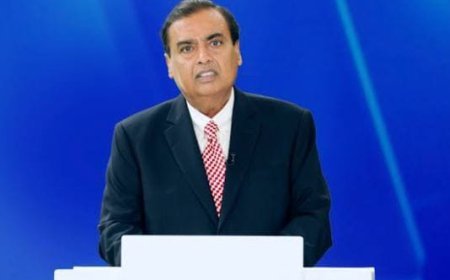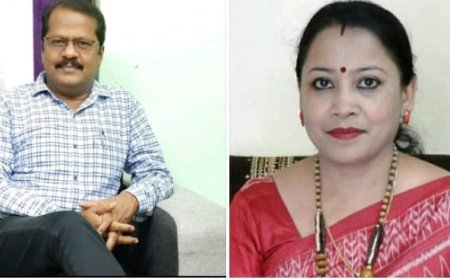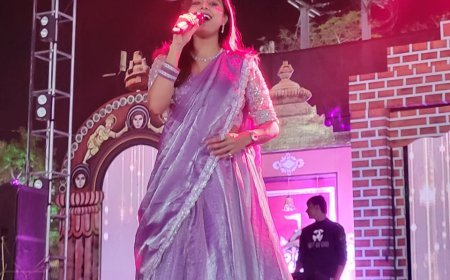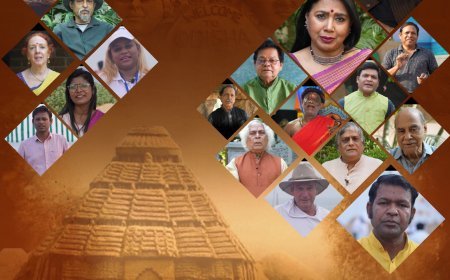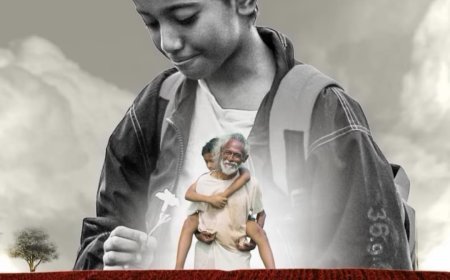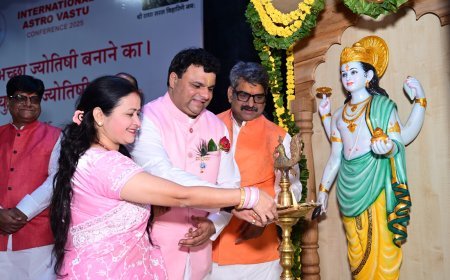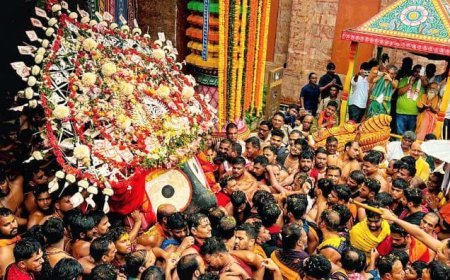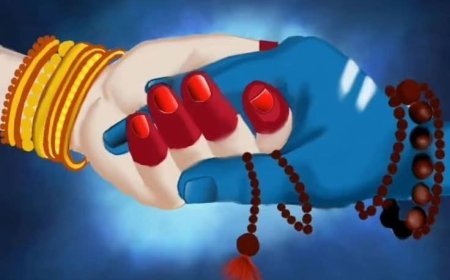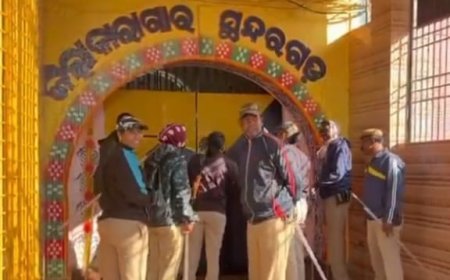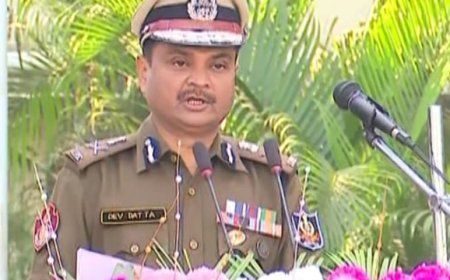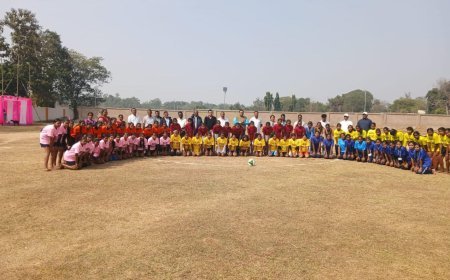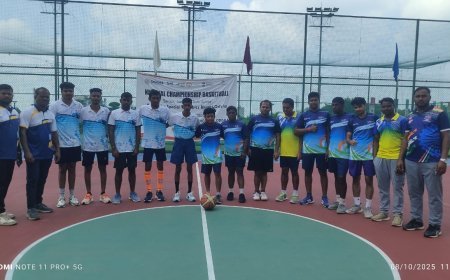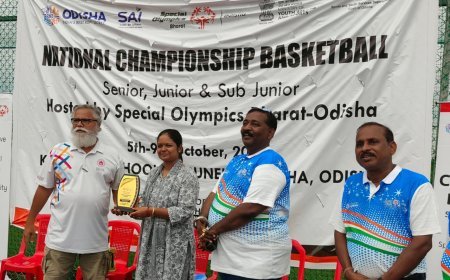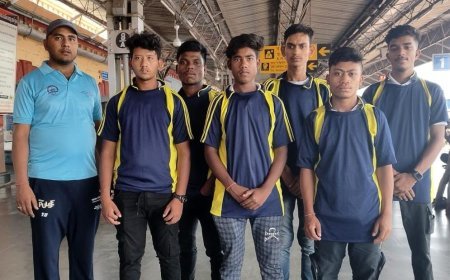Reviving Indian Sports Beyond Cricket:
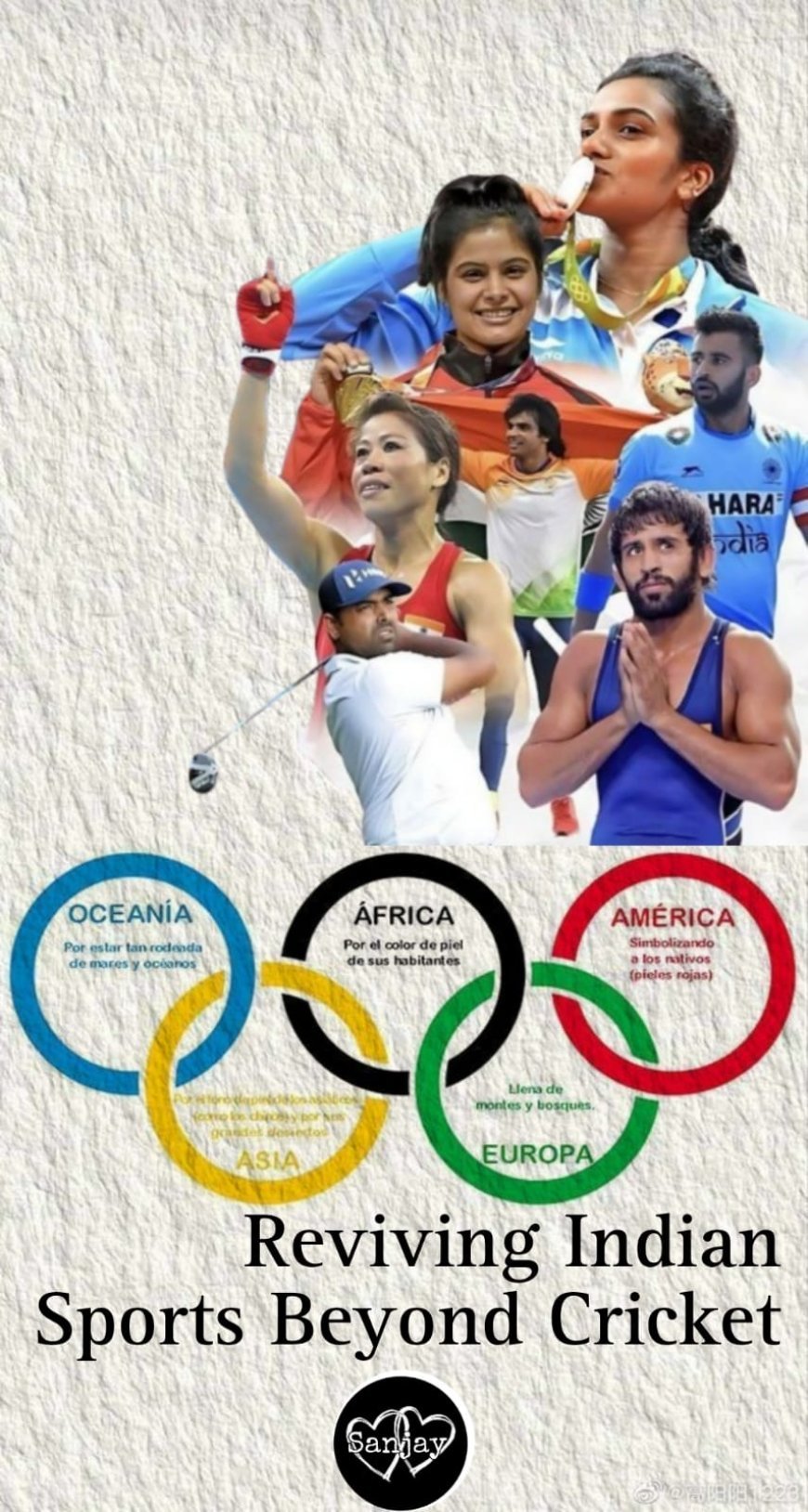
By Sanjay Pattnayak
The Urgent Need for a Broader Vision
In the vibrant land of India, where dreams bloom and talent is abundant, sports have often been limited to a singular narrative—cricket. Despite the country’s deep cultural tapestry and its vast pool of potential, other sports remain overshadowed by the glamour and wealth that cricket promises. While cricket in India is synonymous with fame, opportunity, and financial stability, sports like hockey, wrestling, athletics, boxing, and badminton fight for their share of attention, resources, and respect.
Lack of Facilities and Publicity: The Root of the Problem
In rural and semi-urban areas, many young athletes possess raw talent and a profound dedication to sports. However, this potential often withers due to inadequate facilities, poor access to coaching, and a lack of awareness about possible career paths in sports other than cricket. Even those aware of the prospects don’t always know where to start. The absence of structured platforms, local clubs, and training centers further diminishes the opportunities to prove one’s mettle. Unlike cricket, which enjoys a streamlined system from the grassroots to the professional level, most other sports suffer from a lack of institutional support.
A Glance at Financial Disparities
The financial imbalance between cricket and other sports is glaring. A cricketer playing in the Indian Test squad earns around Rs. 45-60 lakh per season, with additional revenues from the IPL and ODIs. In comparison, athletes in other sports, despite winning accolades for India on global platforms, receive only a fraction of this amount. Job opportunities are also scarce for these athletes, making it challenging for them to sustain themselves and their families. This disparity not only discourages budding talent but also sends a demoralizing message about the value India places on sports beyond cricket.
Olympic Performances and Resource Allocation
At the Paris 2024 Olympics, India’s tally was six medals—one silver and five bronze. For a country of 1.45 billion people, this outcome is underwhelming, highlighting the gap in resource allocation and the lack of structured support for non-cricket athletes. With our vast human resource, the potential to dominate international sports exists; what’s missing is the commitment to providing a platform and resources for athletes across a spectrum of sports. Success stories like that of Neeraj Chopra, who won consecutive Olympic medals in 2020 and 2024, show that with proper support, Indian athletes can excel on the world stage. Yet, his achievements stand as an exception rather than the norm.
Celebrating Sports Icons
Mary Kom is one such icon who represents the perseverance of Indian athletes despite all odds. Her legacy of eight world championship medals and numerous Asian and Commonwealth Games victories has made her a global symbol of resilience. Yet, ironically, Priyanka Chopra, who portrayed her in the biopic Mary Kom, earned far more than Mary has in her illustrious boxing career. This stark contrast speaks volumes about how undervalued athletes outside cricket remain, despite their contributions to the nation’s pride.
Hockey's Resurgence and the Role of State Support
A rare success story in non-cricket sports is the resurgence of Indian hockey, due in no small part to the visionary sponsorship by former Odisha Chief Minister Naveen Patnaik. Through significant financial backing, Patnaik gave the Indian hockey team the means to reclaim its historical glory on the international stage. This model of government support demonstrates what is possible when sports policy aligns with a genuine interest in nurturing talent.
The Road Ahead: A Holistic Sports Policy
If India aspires to grow as a multi-sport nation, it’s time to reimagine its sports policy. A comprehensive strategy is essential—one that provides robust support for young athletes and makes sports a viable career choice for them. Schools and community centers should introduce sports programs that give equal weight to a range of disciplines, enabling children to discover and develop their natural talents. There should be an increased budget allocation from both the state and central governments for non-cricket sports, paving the way for scholarships, state-of-the-art facilities, and structured training programs.
To inspire future generations, we must prioritize creating a more equitable sports ecosystem. Cricket will always be an integral part of Indian culture, but it shouldn’t eclipse the dreams of thousands of athletes who yearn to bring honor to the country through other sports.
India stands at a pivotal moment. It has the resources, talent, and passion to build a sports legacy beyond cricket. By investing in young talent, providing sufficient resources, and fostering a culture that values all sports, India can become a powerhouse not just in cricket, but across global athletic arenas.






